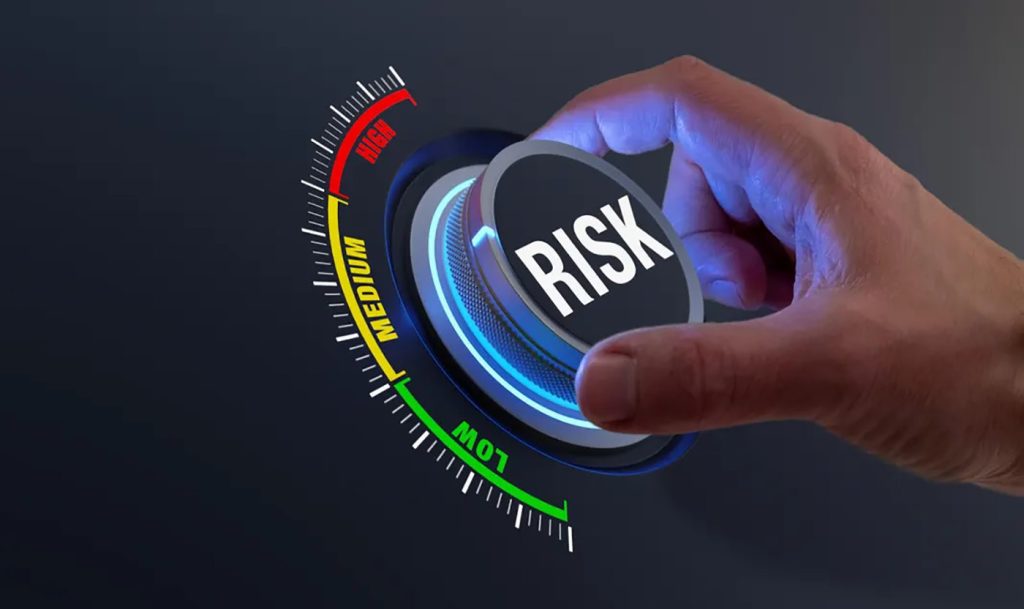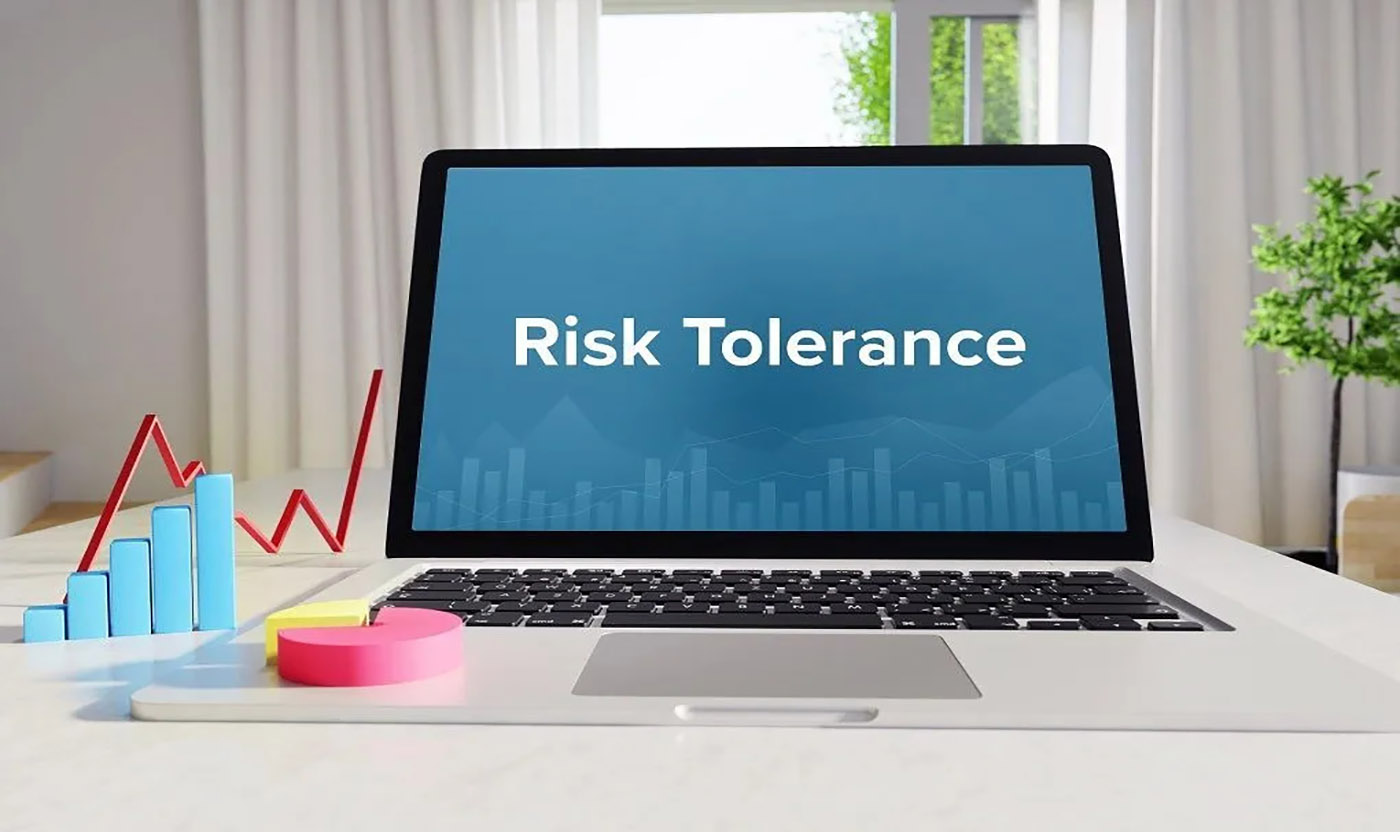As the world of investing continues to evolve, more and more people are drawn into it, looking for ways to grow their wealth, secure their financial future, and navigate through a complex financial landscape. Whether you’re just beginning your investment journey or you’ve been at it for a while, one thing is certain: understanding your investment goals and your risk tolerance is the foundation of a successful investment strategy.
In this article, I want to walk you through a comprehensive exploration of how you can identify your personal investment goals and assess your risk tolerance. I’ll also share actionable advice to help you make informed decisions that align with your financial aspirations, providing you with the clarity and confidence you need as you embark on your investing journey.
1. Why Your Investment Goals Matter
It all starts with a simple question: What are you investing for? Having clear investment goals is not just important—it’s absolutely necessary for steering your investments in the right direction. Without goals, you may find yourself investing aimlessly, risking your hard-earned money without a clear strategy or purpose.
Investment goals can vary from person to person, depending on your life stage, financial situation, and personal aspirations. Some common investment goals include:
- Retirement: Saving for retirement is a primary goal for many people. Whether you plan to retire in 20 years or 40 years, understanding how much you need to save and how to grow your investments will guide your decision-making process.
- Homeownership: If you’re aiming to buy a house or an apartment, your investment strategy will likely look different than someone who is saving for retirement. In this case, your goal is likely shorter-term, and you’ll focus more on preserving capital and less on high-risk growth investments.
- Education: Investing for your children’s education, or even for your own professional development, is another goal that can shape your investment strategy. In this case, it’s important to understand how much money you’ll need and how to balance growth with risk over the years.
- Wealth Accumulation: For some, the goal might be simply to accumulate wealth over time. This often involves a mix of investments designed to grow your wealth over the long term.
Once you identify your goal, you can start creating a strategy to achieve it. Without goals, it’s easy to get lost in the sea of investment options, making hasty decisions or following trends without considering what’s best for your specific situation.
2. The Importance of Risk Tolerance
Once you’ve figured out your goals, the next crucial step is understanding your risk tolerance. Risk tolerance is the level of risk you’re willing to take on in your investments in exchange for potential returns. It’s influenced by your personality, financial situation, time horizon, and even emotional factors.
Your risk tolerance will help determine the type of assets you should consider and how aggressive or conservative your portfolio should be. Here are the key factors that influence risk tolerance:

a. Time Horizon
Your time horizon is one of the most significant factors when determining your risk tolerance. Generally speaking, the longer your time horizon, the more risk you can afford to take. If you’re investing for retirement 30 years down the road, you may be able to tolerate more risk now because you have plenty of time to recover from any market downturns. Conversely, if you’re saving for something in the short term, such as a down payment on a house in a few years, you might want to take a more conservative approach to minimize the chance of losses.
b. Financial Situation
Your financial situation also plays a key role in understanding your risk tolerance. If you have significant savings, a stable job, and other investments that cushion any potential losses, you might feel comfortable taking on more risk. However, if you are just starting out financially or you rely on your investments as your primary income source, you might lean toward more conservative investments.
c. Emotional Factors
This is often an overlooked aspect of risk tolerance but is equally important. How would you feel if your investments lost 20% of their value overnight? Some people may be able to handle that drop without flinching, while others may feel anxious or panicked. Understanding how much market volatility you’re willing to endure will keep you from making rash decisions during market fluctuations.
d. Investment Knowledge
Your familiarity with different asset classes also impacts your risk tolerance. If you’re well-versed in the stock market or have experience in other investment vehicles, you might be more comfortable taking on higher risks. If you’re new to investing, it’s essential to start with more familiar or conservative options, like index funds or bonds, until you build up more experience and confidence.
3. How to Assess Your Risk Tolerance
Assessing your risk tolerance is not always straightforward, but there are several tools and methods you can use to help determine it:
a. Risk Assessment Questionnaires
Many financial institutions, brokerages, and financial advisors offer risk assessment questionnaires to help you gauge your risk tolerance. These quizzes ask questions about your investment experience, financial situation, goals, and how you would react in certain market scenarios. While they are not perfect, they provide a starting point for understanding your comfort level with risk.
b. Scenario Testing
Imagine different scenarios where your investments drop in value—say, 10%, 20%, or even 50%. How would you react emotionally? Would you sell off your investments in a panic, or would you stay the course, trusting in the long-term growth potential? These thought experiments can give you valuable insight into how you might respond to actual market events.
c. Consult with a Financial Advisor
If you’re unsure about your risk tolerance, consulting with a certified financial planner can help you make sense of your goals and risk preferences. A financial advisor will take into account your entire financial picture, your future plans, and your personal feelings toward risk, helping you construct a balanced portfolio tailored to your needs.
4. Crafting Your Investment Strategy
With a clear understanding of your investment goals and risk tolerance, it’s time to design your investment strategy. A well-crafted investment strategy aligns your goals with your tolerance for risk, helping you navigate the financial markets with confidence.
a. Asset Allocation
One of the most important elements of any investment strategy is asset allocation—the process of dividing your investments across different asset classes (stocks, bonds, real estate, etc.). The appropriate allocation depends on your risk tolerance and your investment goals.
- High-Risk Tolerance: If you’re willing to take on more risk for the possibility of higher returns, you might allocate a larger portion of your portfolio to stocks or high-growth assets like emerging market funds or technology companies.
- Moderate Risk Tolerance: If you’re comfortable with some risk but want to balance it with stability, consider a more diversified portfolio that includes a mix of stocks and bonds.
- Low-Risk Tolerance: For those who prefer stability and want to minimize risk, a higher allocation to bonds, certificates of deposit (CDs), or other low-risk assets would be appropriate.
b. Diversification
Diversification is a key principle in investing that involves spreading your investments across a variety of assets to reduce the impact of any single loss. By holding different types of investments, you increase your chances of weathering market volatility.
For example, if the stock market is struggling, your bonds or real estate investments might provide some stability. The goal is not necessarily to maximize returns but to manage risk effectively.
c. Regularly Review Your Portfolio
Your investment goals and risk tolerance may change over time. As your financial situation evolves, so should your portfolio. It’s important to regularly review your investments to ensure they align with your current needs. For instance, as you approach retirement, you may want to gradually shift to more conservative investments to protect your wealth.

5. Useful Resources for Investors
There are several online platforms and resources that can help you navigate the world of investing and manage your portfolio effectively. Here are a few that I recommend:
- Investopedia (www.investopedia.com): A great resource for learning about investment terminology, strategies, and the latest market news.
- Morningstar (www.morningstar.com): Ideal for research on mutual funds, ETFs, and stocks. They provide comprehensive data and analysis.
- Yahoo Finance (finance.yahoo.com): For real-time stock quotes, news, and financial data. It’s a solid tool for tracking market trends.
- Bogleheads (www.bogleheads.org): A community dedicated to long-term investing using low-cost strategies. They focus on index funds and passive investing.
6. Final Thoughts: Trust the Process
Investing can seem overwhelming at first, but when you break it down into manageable steps—setting clear goals, understanding your risk tolerance, and building a solid strategy—you’ll find that it becomes more intuitive over time. The key is to stay patient, stay informed, and keep your focus on the long-term horizon. By doing so, you’ll give yourself the best chance of achieving financial success and reaching your personal investment goals.
Remember, every investor’s journey is unique. There’s no one-size-fits-all approach. But with the right tools, knowledge, and mindset, you can navigate the markets confidently and build a portfolio that serves your financial future.



